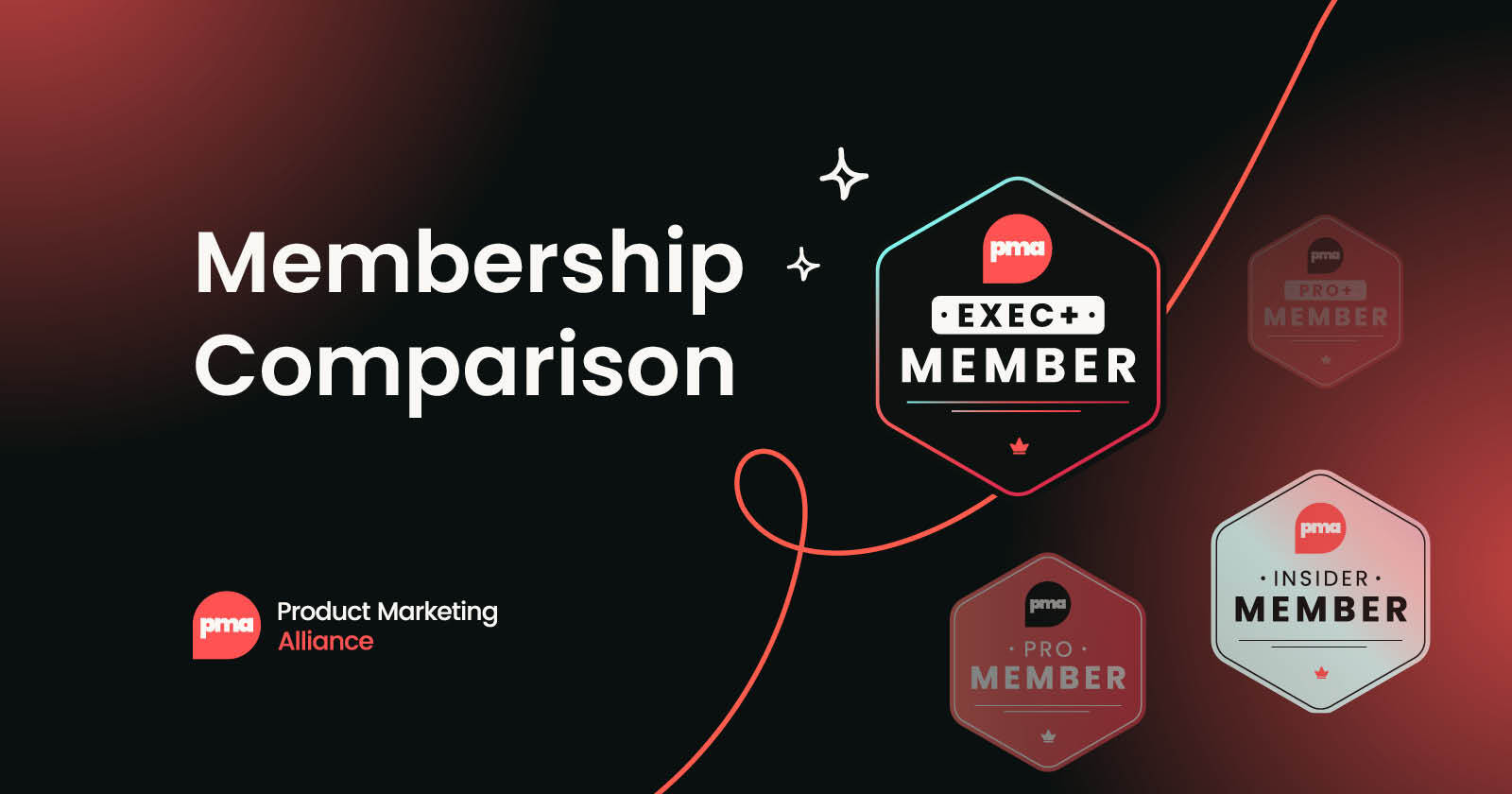What do a team responsible for customer-facing video content and a team leading weekly training for business development reps have in common? They could both be enablement teams.
With a lack of consistent role definition within enablement teams’ responsibilities and composition, reporting structures can vary greatly between companies.
Enablement might report directly to the Chief Revenue Officer or to teams such as, sales, marketing, revenue operations, customer education, or even a people function.
Some companies may also choose to take a hybrid approach to these reporting structures and have their enablement resources scattered throughout different teams across their organizations.
While every organization has its nuances and enablement practitioners have their own opinions based on their experiences, there are some general themes when it comes to the advantages, and disadvantages, of each reporting approach.
Chief Revenue Officer
Let’s start by looking at an enablement industry favorite - reporting directly to the Chief Revenue Officer (CRO).
There are some undeniable advantages to being directly aligned with the CRO and so close to the C-Suite, including:
- Increased alignment between enablement’s programs and the company’s revenue strategy and objectives.
- Enhanced emphasis on measurable outcomes and evaluation based on key revenue metric impacts.
- Stronger partnership with other cross-functional teams that also report to the CRO, such as sales, marketing, and customer success.
- Autonomy to innovate and implement new approaches in alignment with the company’s strategic priorities, without being tied to another department’s agenda.
- Improved chance to scale and grow the function along with the organization and the potential for more specialized roles and expertise within enablement.
While there are many positives, one may still run into challenges with this reporting structure, such as:
- A potential overemphasis on short-term sales targets at the expense of long-term strategic initiatives, such as skill development.
- A disconnect between enablement initiatives and the day-to-day activities and specific challenges faced by reps.

Sales leadership
Similar to reporting to the CRO, companies with sales enablement teams may have enablement report directly into sales leadership.
This approach can provide many of the advantages associated with reporting to the CRO, but might also position the enablement function as more reactive versus proactive, provide less autonomy, and limit enablement’s “seat at the table” in strategic C-level conversations.
Revenue operations
Another popular reporting structure for the enablement function, is into a revenue operations (RevOps) or operations function. This structure can offer several advantages including:
- More access to data and analysis capabilities to measure enablement initiative impact.
- Alignment of enablement initiatives with the company’s overall revenue strategy and objectives.
- An emphasis on the entire customer lifecycle, ensuring that enablement initiatives are designed to enhance the customer experience from lead generation through post-sale.
While reporting to operations can help create a more cohesive and effective enablement function, there are also some limitations to consider, such as:
- An over emphasis on enablement of processes, systems, and data, in alignment with operations’ priorities, with reduced focus on areas such as skills training.
- Resource allocation challenges due to the diversified focus on the broader operations team.
- Delayed execution and responsiveness due to increased layers of approval required for initiatives created by enablement sitting at a lower level within an organization.

Marketing
Another area of the business, which is less common, but still seen within enablement reporting structures is marketing.
Through my conversations with fellow enablement leader, Jill Noyes, Director of Enablement at ArisGlobal, who’s reported into marketing at more than one organization in her enablement tenure, it’s clear that this reporting structure can:
- Enhance enablement’s alignment with customer messaging and content.
- Provide a better understanding of customer and buyer journeys.
- Improve the storytelling aspects of enablement programs.
- Expose enablement to a broader range of skills and responsibilities which can pay dividends in future roles with one’s career.
Despite the advantages mentioned above, Jill found that reporting to marketing can also:
- Spur potential misalignment between enablement and sales objectives.
- Create an overemphasis on content and campaigns, neglecting broader sales needs in enablement programs.
- Limit enablement’s understanding of sales challenges.
- Provide reduced resource allocation for enablement programs due to competing priorities.
- Lead to an overall siloed team that may be slow to capture and adapt to feedback from the GTM teams that consume their enablement programs.

Customer education
Reporting into a customer education team, often within a customer experience department, has also been seen as a home for enablement teams. This approach allows enablement to:
- Closely align its initiatives with the needs and challenges of customers.
- Understand customer learning needs and preferences.
- Create a unified and consistent customer experience.
- More effectively use educational materials created by the customer education team, to help internal GTM teams get smart on a company’s product and establish the same baseline understanding as their customers.
While enablement teams may benefit from this structure based on the above, many of the challenges mentioned previously in this article, also apply, including:
- Misalignment with broader GTM objectives and creates a lack of understanding of broader GTM dynamics.
- Resource allocation conflict.
- Delays in collection and adaptation to GTM team feedback.
- An overemphasis on training and content development, potentially neglecting other critical aspects such as sales tactics, process improvements, and practical sales tools.
People or HR
Reporting up to a people team or human resources has also been seen in various organizations and has unique advantages for enablement including the ability to:
- Enhance enablement training program quality based on the people teams’ expertise in adult learning principles and instructional design.
- Create a more seamless onboarding process for new hires due to strong alignment between broader company onboarding programs owned by people teams and GTM-specific onboarding programs owned by enablement.
- Support employee development and retention, as the people team can work with enablement to develop personalized development plans based on individual strengths and areas for improvement to support career progression and structures within their organization.
On the other hand, people functions do commonly:
- Lack in-depth knowledge of GTM processes, techniques, and challenges, which can lead to a disconnect between GTM enablement efforts and the actual needs of the GTM teams and overly generic training programs that overemphasize soft skills.
- Have different priorities and track different key performance indicators (KPIs) than the GTM departments.
- Don’t have access to the important data required to articulate the impact of Enablement’s programs on the GTM organization.

A hybrid approach
Finally, some companies take a more hybrid approach with enablement resources scattered across multiple departments (e.g., sales, marketing, and operations), which can foster close collaboration between enablement and the teams they serve and offer flexibility in structure to adapt to the changing needs of the organization.
That said, having dispersed teams may make it harder to have a cohesive enablement tech stack, standardized enablement motions, and get the budget to properly land initiatives.
Final thoughts
While there are many options when it comes to enablement reporting structures, the right approach will always depend on the specific needs, goals, and organizational context of a company.
By understanding the unique advantages and disadvantages of each approach, organizations can make informed decisions to optimize their enablement strategies and enablement leaders can more effectively advocate for different reporting structures within their organizations to support their desired outcomes.
Learn more from Katie:




















 Follow us on LinkedIn
Follow us on LinkedIn





.svg)
Start the conversation
Become a member of Product Marketing Alliance to start commenting.
Sign up now